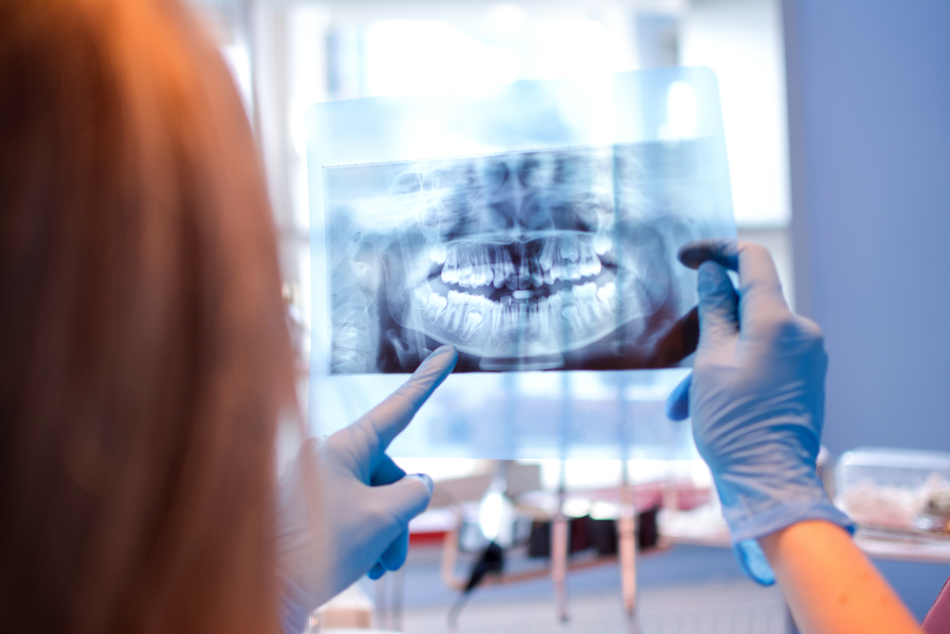Jan 15 2008

Image Credit: Bojan Milinkov/Shutterstock.com
Article updated on 03/03/20 by Gaea Marelle Miranda
In recent years, researchers at the U.S. Department of Energy's Brookhaven National Laboratory have overcome a major difficulty for using refractive lenses to focus x-rays. This method enabled the effective concentration of x-rays down to very small spots. It is a significant breakthrough in the development of a world-leading light source facility that promises advances in nanoscience, energy, biology, and materials research.
Introduction
In 2007, at Brookhaven's National Synchrotron Light Source (NSLS), scientists exceeded a limit on the ability to focus high-energy x-rays known as the "critical angle.", referring to the maximum angle that light can be deflected or bent by a single surface.
Depending on the lens material characteristics and the angle at which the beam is pointed, laser light traveling toward a glass lens can be refracted—that is, transmitted through the lens but deflected. However, when this light approaches the lens at angles less than the critical angle, the beam does not pass through the lens but is instead reflected, resulting in a maximum deflection angle for the light that passes through the lens.
Maximum Deflection Angle Determines Spot Size
Maximum deflection angles govern the minimum spot size to which x-rays can be focused. This poses a problem for researchers who are using x-rays to study molecules, atoms, and advanced materials at the nanoscale, around billionths of a meter. Such small subjects require tightly focused beams.
The quality of an x-ray optic is determined by how small a focused spot it can make. The problem is that nature does not allow a single lens to deflect the x-rays very much. This limits how small of a spot is created, creating fuzziness in the image. To get a sharper image, a lens that is able to deflect x-rays is required.
The Critical Angle Limit
In 2003, a trio of Brookhaven researchers discovered the critical angle limit during the investigation of the properties of a so-called kinoform lens for focusing hard x-rays.
This effective type of refractive lens is similar to those found in lighthouses. The team developed a solution to the critical angle issue relating to the compound kinoform lens. Both the problem and the proposed solution were also suggested later by other researchers.
The researchers executed their idea through the creation of a compound lens from a series of four kinoform lenses placed one after the other. Using this setup at NSLS beamline X13B, they showed that the critical angle can be exceeded with hard x-rays, while still focusing as a single lens would.
Producing X-Rays 10,000 Times Brighter
Creating a significantly brighter x-ray is an important step for the National Synchrotron Light Source II (NSLS-II), a state-of-the-art synchrotron facility that produced x-rays up to 10,000 times brighter than those generated by the NSLS. The creation of such equipment led to advances in alternative-energy technologies and new drugs for fighting diseases. One of the initial goals of the facility is to probe materials and molecules with just one-nanometer resolution—a capability needed to study the intricate mechanisms of chemical and biological systems. Now, discoveries and innovations have led researchers at this institution to propose more high reaching, yet technologically significant, x-ray solutions.